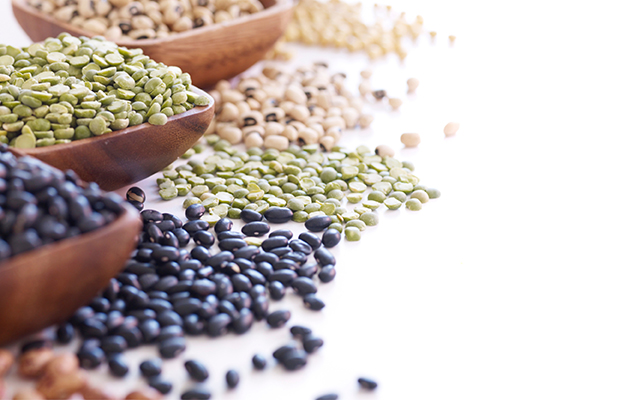Eating lots of fiber-rich foods during adolescence may lower a woman’s risk of developing breast cancer later in life, according to new findings from a long-term study by researchers from Harvard’s T.H. Chan School of Public Health recently published in Pediatrics.
For the study, 90,534 women aged 27 to 44 were surveyed every four years about their food intake; one of the surveys included questions about their eating habits during high school.
Researchers analyzed the women’s fiber intake and adjusted for other factors such as race, body-mass index, family history of breast cancer, alcohol usage, and other dietary factors.
Their results showed that women who ate the highest amount of fiber (about 28 grams a day on average) during adolescence had a 24 percent lower risk of developing breast cancer before menopause and 16 percent lower risk overall when compared with those who ate low levels (about 14 grams per day) of fiber. The greatest apparent benefit came from eating vegetable and fruit fiber.
Health practitioners have long warned of the dangers of skimping on fiber intake. Research has shown that fiber-rich foods help regulate blood-sugar levels and lower the risk of coronary heart disease, type 2 diabetes, obesity, colon cancer, and gastrointestinal disorders like irritable bowel syndrome.
The researchers theorize that eating more high-fiber foods helps to reduce estrogen levels in the blood, which are strongly linked to breast-cancer development.
“This work on the role of nutrition in early life and breast cancer incidence suggests one of the very few potentially modifiable risk factors for premenopausal breast cancer,” says researcher Maryam Farvid, PhD.
“From many other studies we know that breast tissue is particularly influenced by carcinogens and anticarcinogens during childhood and adolescence,” said Walter Willett, MD, DrPH, MPH, Fredrick John Stare Professor of Epidemiology and Nutrition at Harvard Chan School and senior author of the study. “We now have evidence that what we feed our children during this period of life is also an important factor in future cancer risk.”
While relying on women’s recollection of their earlier dietary patterns is a limitation of the research, the results serve to remind us that it’s never too early to adopt eating a healthy whole-foods diet.
The study did not answer the question of whether eating fiber at a later age can cut breast-cancer risk, but the authors write: “The findings in this large prospective study support the hypothesis that consumption of foods high in fiber reduce [breast-cancer] risk. . . . Our findings are in line with the American Cancer Society guidelines to consume foods rich in fiber such as fruits, vegetables, and whole grains.”
How to Get More Fiber
Most American adults fall short of the daily recommended fiber intake of 25 to 38 grams for women and men, respectively, until age 50, and 21 to 30 grams, respectively, thereafter. The American Heart Association recommends 19 grams of fiber for children ages 1 to 3, increasing to 26 grams for girls and 38 grams for boys by the time they are 18.
Here are six easy ways to get more fiber into your diet:
- Pair your breakfast eggs with black beans and salsa rather than hash browns.
- Seek out legume-based soups for lunch.
- Start dinner with a bountiful raw-vegetable salad.
- When sautéing veggies, start out with a little garlic and onion.
- Snack on apples, bananas, almonds, pistachios, walnuts, or pumpkin seeds.
- Pack a small bag of nuts — such as almonds, pistachios, or walnuts; or seeds, such as pumpkin seeds — in your bag or car.
For more on the importance of fiber for overall health, see “Fiber: Why It Matters More Than You Think.”




This Post Has 0 Comments